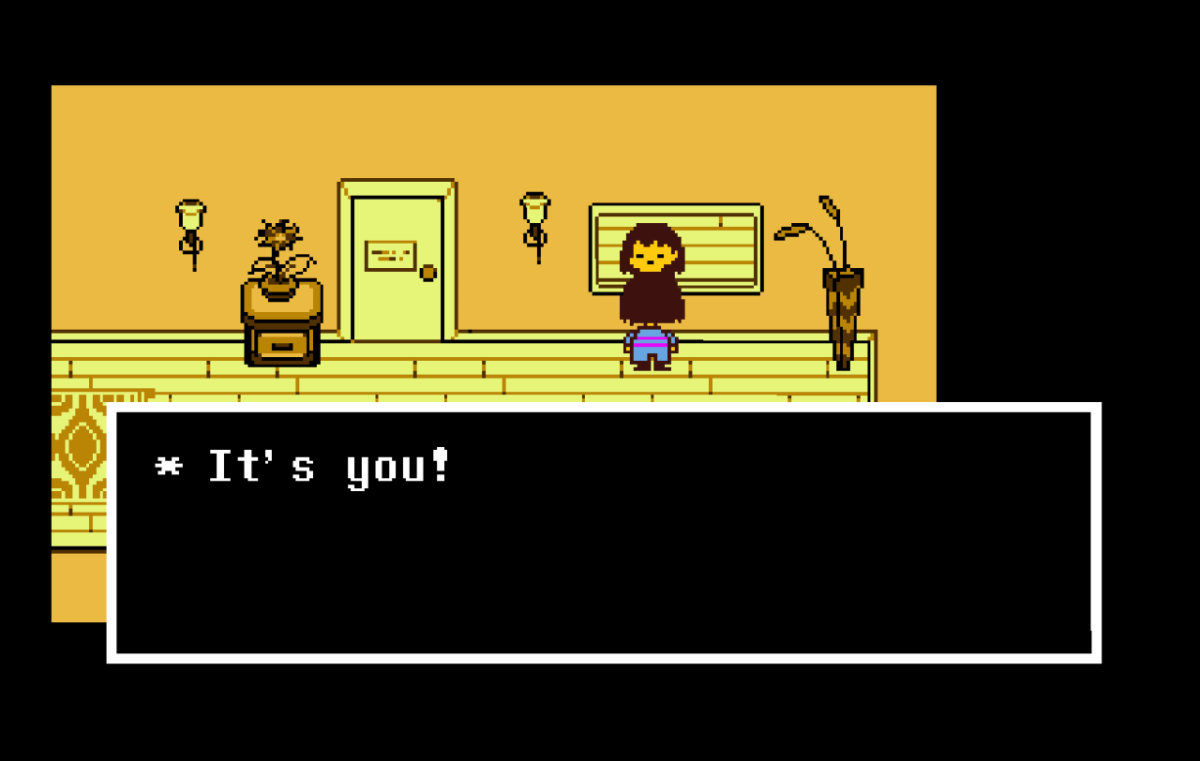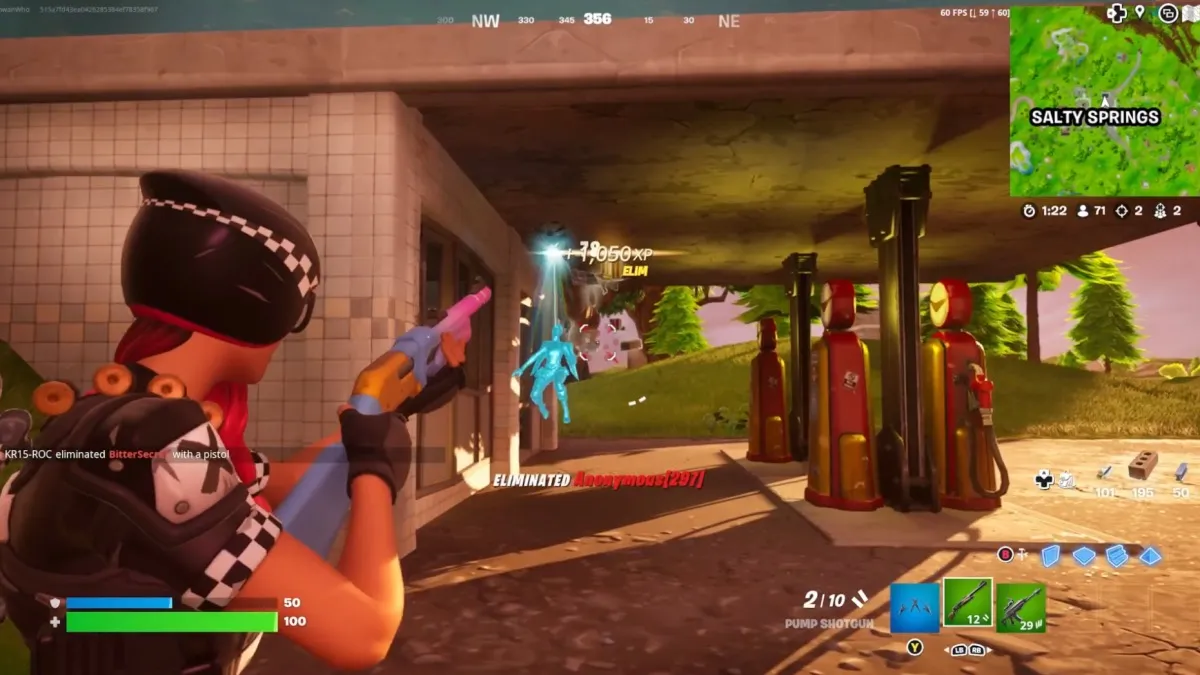Undertale on PS4 and PS Vita
Undertale stands apart from most other indie RPGs with one simple hook: you can play through and complete the game without killing any enemies and leveling up. What at first sounds like a neat little in-game challenge that you can set for yourself quickly turns into a powerful narrative tool for Undertale’s plot. Featuring three different endings (Pacifist, Neutral, and Genocide), Undertale is a charming and quirky little title that really pushes the boundaries when it comes to the kinds of stories that video games are capable of conveying.
The game’s been out on Steam for two years now, but it feels better than ever on the PS4 and Vita. As it’s not presented in a 16:9 format, players are also given the option to put borders around the game. A nice touch, but I found myself largely content with the black space framing my screen.
While fans have been speculating about a third skeleton brother for some time now, the re-release doesn’t actually feature any new story or lore content. However, there is one new secret area that you can access relatively early on in Snowdin Town called the Dog Shrine. It doesn’t do much in-game, aside from helping the player earn a sizeable number of trophies for their PSN profile, but it’s a very nice and humorous touch that just adds on to what makes Undertale so special. It runs like a dream on both the PS4 and Vita, and it feels especially at home on the portable device.
The game has you take control of an unnamed child who one day finds themselves in the underground ruins of a monster world. Your task is to find a way back up to the surface, and back to the human world. Undertale’s presentation is simple but beautiful. Utilizing pixel graphics and hand-drawn character models, game creator Toby Fox has crafted a colorful and vibrant world with personalities that really feel alive. Though the game is relatively short for an RPG, with a single playthrough spanning around eight to 10 hours, every little detail feels intricately handcrafted and well thought out. A lot of love has gone into the making of Undertale, and it’s obvious to see from the way players can interact with the game.
Undertale is a very smart game. It constantly tries to subvert traditional expectations you might have of a typical RPG, and it makes self-aware jokes while breaking the fourth wall. It knows exactly when and where a player might try to find a shortcut to skip certain processes in the game, and it rewards you with little quips. Undertale doesn’t shy away from memes, skeleton jokes, the usage of one of the ugliest fonts in the world, and doggos. There are times where the game can go a little overboard with the self-aware humor, but it never wears out its welcome, and Undertale remains a joy to play through from start to finish.

The biggest twist, however, comes when you realize that Undertale is a game that’s so steeped in tones of melancholy and sorrow. Every monster is dealing with their own personal struggles. They’re all representations of different aspects of human nature, whether it’s depression, anxiety, or insecurity. The main characters themselves have their own problems too. Papyrus is a loud and cheerful skeleton who talks himself up, and has big dreams of becoming part of the royal guard. Upon closer inspection, though, you quickly find out that he doesn’t have a lot of friends, and he’s not really great at his job either.
Undertale is a very personal experience for a large part of its fan base. Pacifist combat encounters are handled like mini puzzles, in which you have to study a monster’s personality and choose the right options to get out of it unscathed. Some monsters just want to be left alone, while others just want a little bit of love and attention. For a game that’s set in a world full of allegedly horrifying abominations, these monsters couldn’t feel any more human if they tried.
Everything’s all hunky dory (for the most part) when you play on the Neutral or Pacifist route. But if you choose to go guns out on the Genocide path, Undertale’s story changes drastically. All of a sudden, it’s no longer that same happy-go-lucky game you were playing just a moment ago. The soundtrack slows to a bloodcurdling crawl, and the game’s messages are now about what happens when you choose to push everyone around you away, when you choose to burn bridges and destroy your relationships. At some point, the monsters themselves fail to even recognize you as a human being. Undertale’s Genocide path is one of the most unsettling horror stories I’ve ever played, and it contains some really powerful messages that you wouldn’t otherwise get in the Neutral or Pacifist routes. I should also tell you that some decisions can never be reversed, even if you start a new game. Undertale is a smart game. It remembers what you do, the decisions you make, and there will be consequences to deal with.
Though the game does have its shortfalls, like a lackluster tutorial zone and some infuriating boss mechanics, Undertale is undoubtedly a real stroke of genius. The game plays around with conventions and tropes normally associated with RPGs and subverts them in clever ways, all while telling a deeply personal story that everyone can relate to at some point in their lives. Undertale is a game that makes the player feel and think. It’s a game that fills the player with determination, and is most certainly one that you should play.
Score: 5/5 – Exemplary
Pros
| Cons
|
For more information on how we review games, check out Twinfinite’s review policy here.














Updated: Aug 16, 2017 09:16 pm